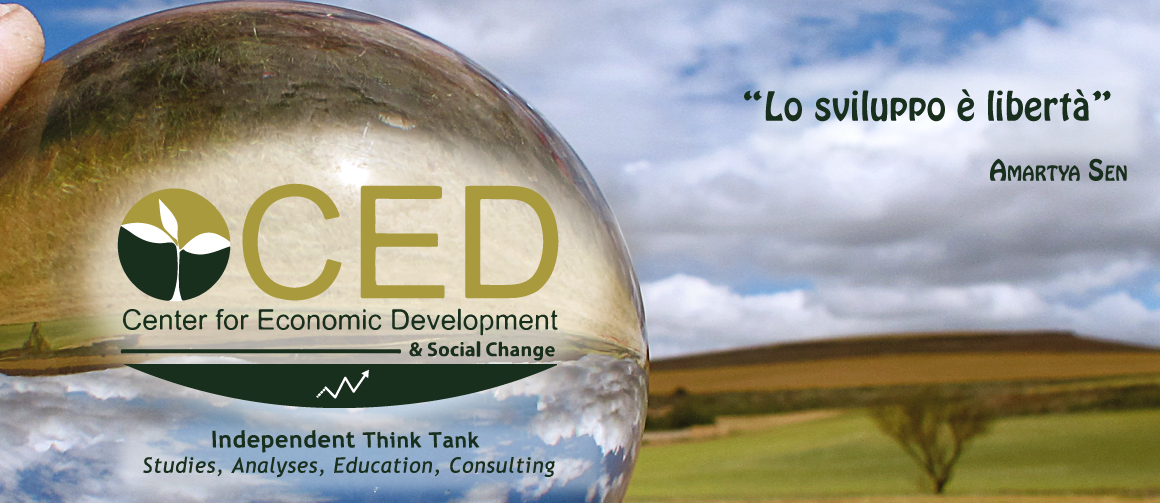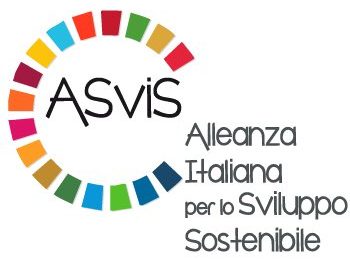- Climate change and migrations: a challenge on the agenda for COP22 - 9 November 2016

Foto: “Myanmar/Burma: Little hope for Rohingya” (CC BY-ND 4.0) by EU Humanitarian Aid and Civil Protection
Latest updates from Marrakech
Climate change: overview
Marrakech – Although the awareness of the degradation of the planet set in at the beginning of the 1970s, as evidenced by the Stockholm Summit in 1972, the analysis of academic literature shows that texts from the 19th century already mentioned climate change – in particular by recognizing the greenhouse effect and the role of carbon dioxide.
| The global temperature has increased by 0.8°C since 1870, the latest report of the Intergovernmental Panel on Climate Change (IPCC) informs us that the last 30 years are certainly the warmest since over 1400 years ; even if the temperature rise is not uniform across regions. |
However, these works did not raise, as such, the issue of climate change. It was only in the post-war period that the first concerns emerged, to be problematized, without much success, in the 1970s.
Furthermore, it was not until the late 1980s that climate change became a subject of scientific research with the establishment of a genuine scientific community and, consequently, started to appear on the international political agenda. The creation of the Intergovernmental Panel on Climate Change (IPCC) in 1988 constitutes, in fact, the culmination of this community on the international stage.
The Earth Summit in Rio in 1992 represents the institution of the UN climate regime; the United Nations Framework Convention on Climate Change (UNFCCC) establishes the fundamental principle of common but differentiated responsibility, still debated today, creating a distinction between industrialized countries (with reduction of CO2 emissions measures) and developing countries (with financial and technological support). Human influence on the climate system is therefore recognized as one of the main causes of climate variations. And if mankind is now primarily responsible of the planet’s transformations, the vast majority of humans also become the main victims.
If mankind is now primarily responsible of the planet’s transformations, the vast majority of humans also become the main victims.

Environmental migration: a major challenge
Nowadays, there is a broad consensus that climate change induces an increase in the frequency and strength of disasters. We can note more and more sudden and violent events (floods, storms, landslides, etc.) that drive affected populations to migrate temporarily or permanently.
Climate change also produces slower upheavals as droughts, soil degradation, desertification, salinization of freshwater resources, coastal erosion and sea level rising, also leading to an increase of human mobility.
Although this type of mobility is as old as the world, it was not until the 1980s and the early 1990s, that debate intensified and environmental migration moved up on the international political agenda (or at least attempted to do so), primarily in order to sensitize the international community and policy makers to the potential effects of climate change on migration. In particular, consciousness raising occurred through alarming predictions, as outlined in the first IPCC report of 1990, which considers that «The effects of climate change are likely those of human migration, because thousands of people will be displaced»; or in the work of Norman Myers (1993), predicting 150 million environmental refugees by the end of the 21st century.
These first modeling attempts were not perfect, because of a lack of empirical basis and due to difficulties of including all the issues at stake, of considering the national or transnational nature of migration, its forced or voluntary character, whether it was long or short term mobility, the capacity to migrate, the importance or inconsequence of climate change factors, etc. All these parameters still “feed” the current debate in order to establish a consensual definition of these mobilities.
The causality between human mobility and climate change is, indeed, sometimes complex, but environmental variables and alterations of our ecosystem, are one of the reasons why people move, so the role of climate change in mobility cannot be ignored.
Environmental variables and alterations of our ecosystem, are one of the reasons why people move, so the role of climate change in mobility cannot be ignored.
For example, migration from Somalia to Kenya between 2012 and 2013, was motivated by episodes of drought and famine, and by the massacres of the armed group Al Shabad; therefore, the causality is twofold. Similarly, the six years of drought prior to the Syrian crisis can be considered as a source of tension and one causality of the current situation, exacerbating water scarcity, agricultural land-use conflicts and human mobility.

From Cancun to Marrakech
The change expected by the experts of migrations finally takes place at the COP 16 in Cancun (2010), when the theme of climate migration is included in the final text of the Cancun Adaptation Framework (Paragraph 14).
This decision is the first of its kind linking climate change and migration, and just as well lays the groundwork for future negotiations.
| The Paragraph 14 invited all states parties to enhance action on adaptation under the Framework by undertaking, inter alia, «Measures to enhance understanding, coordination and cooperation with regard to climate change induced displacement, migration and planned relocation, where appropriate at the national, regional and international levels». |
In 2012, the conditions are expanded at the COP 18 in Doha, with the apparition of the concept of “loss and damages” which can concern environmental migration (Paragraph 7 (a)).
| The Paragraph 7 (a) encouraged « further work to advance the understanding of and expertise on loss and damage, which includes […] enhancing the understanding of […] how impacts of climate change are affecting patterns of migration, displacement and human mobility». |
The « loss and damage » mechanism is formalized at the COP 19, in 2013, in Warsaw. This allows financial compensations for loss and damage associated to climate change, which cannot be avoided by adopting policies.
At the COP21, in Paris, The Paris Agreement gives a double feeling. While some advances were noted, the scope of the agreement is still limited:
- The negotiators recognized the specific human rights of environmental migrants, which opens a number of doors;
- It seems to be accepted that migrants are a vulnerable population, and they appear in the final agreement under the words «vulnerable populations», «poor populations», or «country parties that are particularly vulnerable». These mentions come back several times, either in adaptation measures or mitigation measures under article 4, article 6, and especially article 7 paragraph 5;
- Article 11 mentions the access to climate finance for the developing countries most vulnerable to climate change, thus targeting a number of countries like small islands, directly concerned by environmental migration.
| «Parties acknowledge that adaptation action should follow a country-driven, gender-responsive, participatory and fully transparent approach, taking into consideration vulnerable groups, communities and ecosystems, and should be based on and guided by the best available science and, as appropriate, traditional knowledge, knowledge of indigenous peoples and local knowledge systems, with a view to integrating adaptation into relevant socioeconomic and environmental policies and actions, where appropriate». Article 7, paragraph 5 – Paris Agreement |
However, a sense of incompleteness remains in the agreement:
- A lack of commitment, especially financial, from the main countries responsible of climate change, to the most affected countries, as reported by Kumi Naidoo, head of Greenpeace International: “The injustice transpires in this text. The countries responsible of the problem have promised too little help for the people on the front lines of climate change”.
- It’s the same for Tim Gore (OXFAM): “We have the concept of loss and damage, but not the concept of compensation. There are not enough guarantees that adaptation funding will continue after 2025”.
- Few references to environmental migration in the final text, as emphasized Walter Kaelin of the Nansen initiative: “All governments now recognize that this is one of the most important consequences of climate change. But they stop when it comes to recognize it formally in the text”.
The Paris Agreement symbolizes a step forward regarding the acceptance of the link between human mobility and climate change. Nevertheless, it remains a limited response to this problem and to the expectations before the COP 21.
The “loss and damage” mechanism allows to consider these issues, through its system of financial compensation when the impact of climate change cannot be addressed through adaptation policies. Such measures establish migration as an instrument of environmental policy, while forgetting the violence of migrating, and the deeper problem of which it is part. Indeed, it’s part of the balance between the powerful and the weak. The situation is paradoxical, it is those who must make the greatest efforts to reduce the impact on the climate – the powerful, industrialized countries – which are also the least affected by climate change.
Developed countries must recognize their responsibility and finance adaptation and mitigation strategies to climate change in developing countries.
A first step has been outlined with the Cancun summit with the creation of the Green Climate Fund, with the goal of mobilizing 100 billion $ by 2020. Under the Paris Agreement, the deadline for achieving this objective has been postponed to 2025. This UN fund has a vital role to play in guiding financial resources to developing countries and promoting private investment in the climate. However, presently, the funding intended for adaptation or mitigation measures regarding environmental migration is limited.
The implementation of the Paris Agreement and the COP 22 in Marrakech, should face the challenge of environmental migration, including participating in the definition of a global governance of migration and going further especially in terms of climate finance.
Suggested reading
- Myers, N. (1993), “Environmental Refugees in a Globally Warmed World”, Bioscience, Vol. 43, No. 11, pp. 752-761;
- Intergovernamental Panel on Climate Change (IPCC);
- United Nations Framework Convention on Climate Change (UNFCCC);
- Earth Summit Rio, 1992 (United Nations Conference on Environment and Development – UNCED);
- Cancun Adaptation Framework;
- Cop 18 Doha Climate Change Conference.








